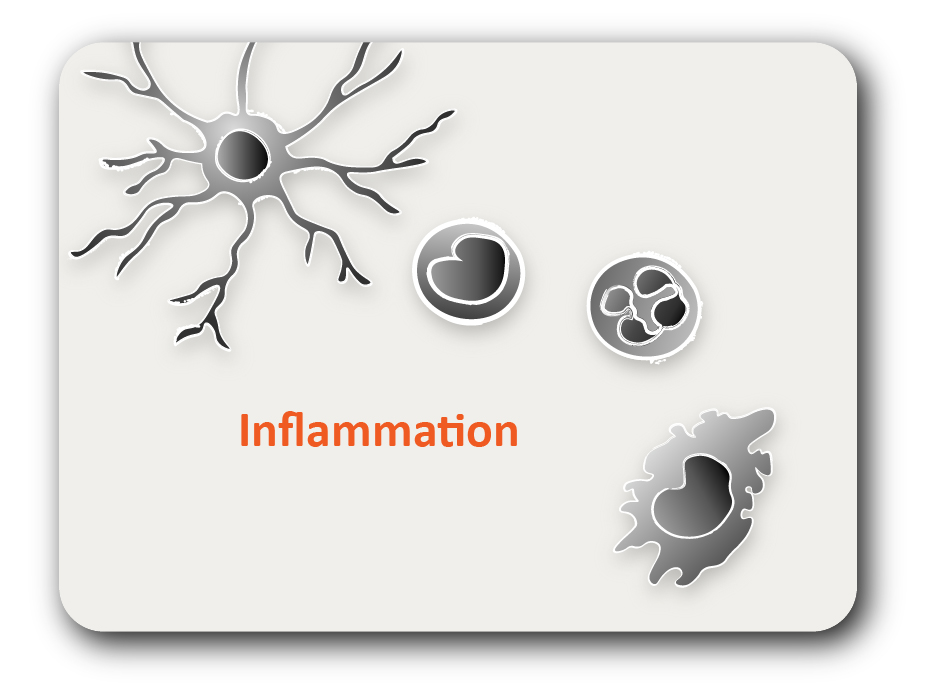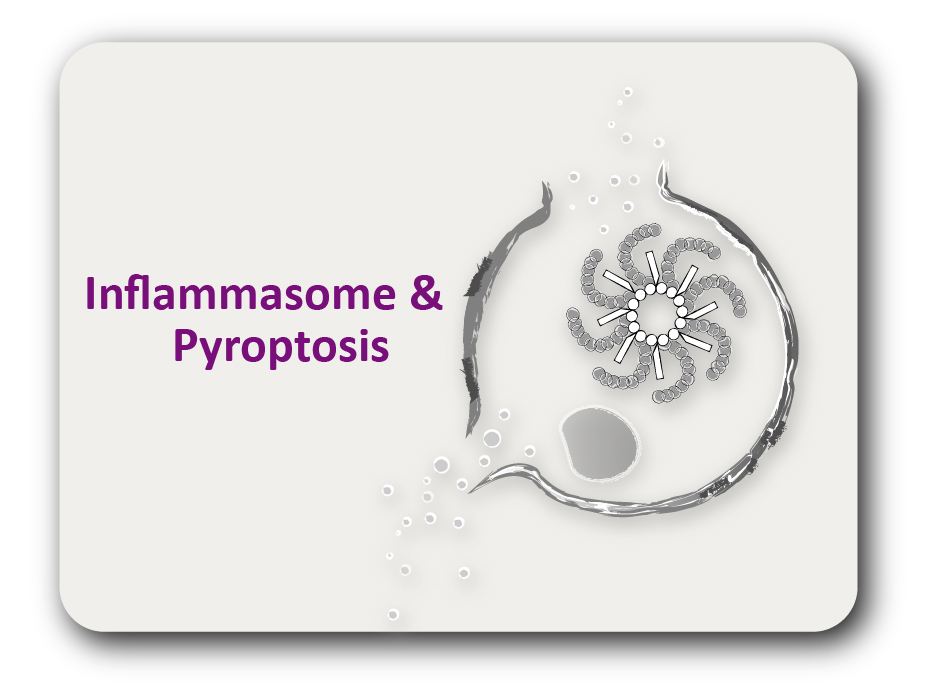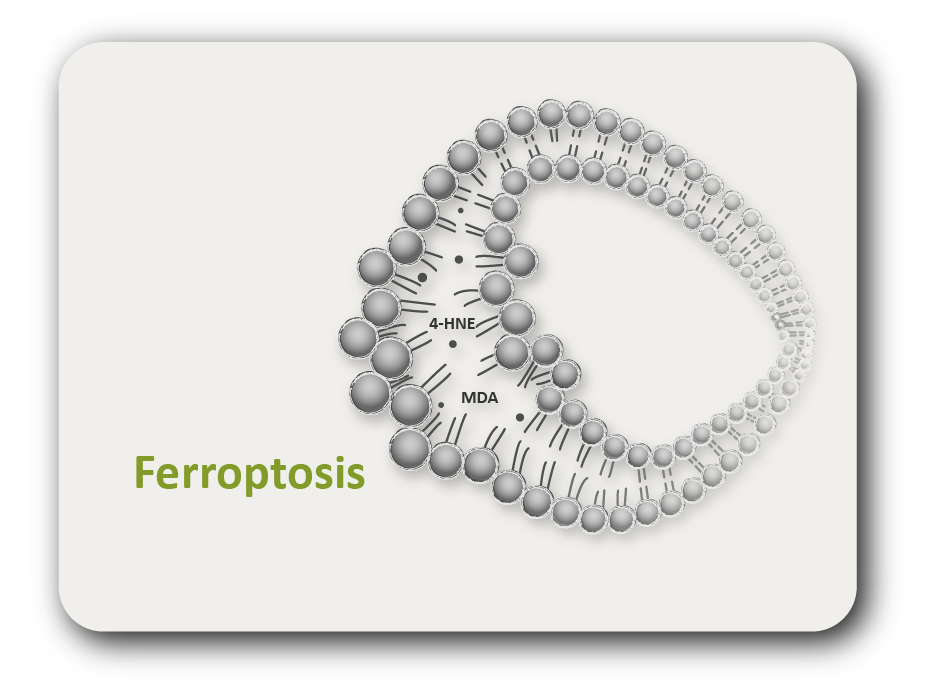ARG70564
Human TROP2 recombinant protein (His-tagged)
Human TROP2 recombinant protein (His-tagged) for SDS-PAGE
Overview
| Product Description | CHO expressed, His-tagged Human TROP2 recombinant protein |
|---|---|
| Tested Application | SDS-PAGE |
| Target Name | TROP2 |
| A.A. Sequence | His27 - Thr274 |
| Expression System | CHO |
| Alternate Names | TACSTD2; Tumor Associated Calcium Signal Transducer 2; GA733-1; TROP2; EGP-1; M1S1; Membrane Component Chromosome 1 Surface Marker 1; Tumor-Associated Calcium Signal Transducer 2; Pancreatic Carcinoma Marker Protein GA733-1; Trophoblast Cell Surface Antigen 2; Cell Surface Glycoprotein Trop-2; Epithelial Glycoprotein-1; 40kD Glycoprotein, Identified By Monoclonal Antibody GA733; Membrane Component, Chromosome 1, Surface Marker 1; Gastrointestinal Tumor-Associated Antigen GA7331; Pancreatic Carcinoma Marker Protein GA7331; Cell Surface Glycoprotein TROP2; GA7331; EGP1 3; GP50 |
Properties
| Form | Powder |
|---|---|
| Purification Note | Endotoxin level is less than 0.1 EU/µg of the protein, as determined by the LAL test. |
| Purity | > 90% (by SDS-PAGE) |
| Buffer | PBS (pH 7.4) |
| Reconstitution | It is recommended to reconstitute the lyophilized protein in sterile water to a concentration not less than 200 μg/ml and incubate the stock solution for at least 20 min at room temperature to make sure the protein is dissolved completely. |
| Storage Instruction | For long term, lyophilized protein should be stored at -20°C or -80°C. After reconstitution, aliquot and store at -20°C or -80°C for up to one month. Storage in frost free freezers is not recommended. Avoid repeated freeze/thaw cycles. Suggest spin the vial prior to opening. |
| Note | For laboratory research only, not for drug, diagnostic or other use. |
Bioinformation
| Gene Symbol | TACSTD2 |
|---|---|
| Gene Full Name | Tumor Associated Calcium Signal Transducer 2 |
| Background | This intronless gene encodes a carcinoma-associated antigen. This antigen is a cell surface receptor that transduces calcium signals. Mutations of this gene have been associated with gelatinous drop-like corneal dystrophy.[provided by RefSeq, Dec 2009] |
| Function | May function as a growth factor receptor. [Uniprot] |





